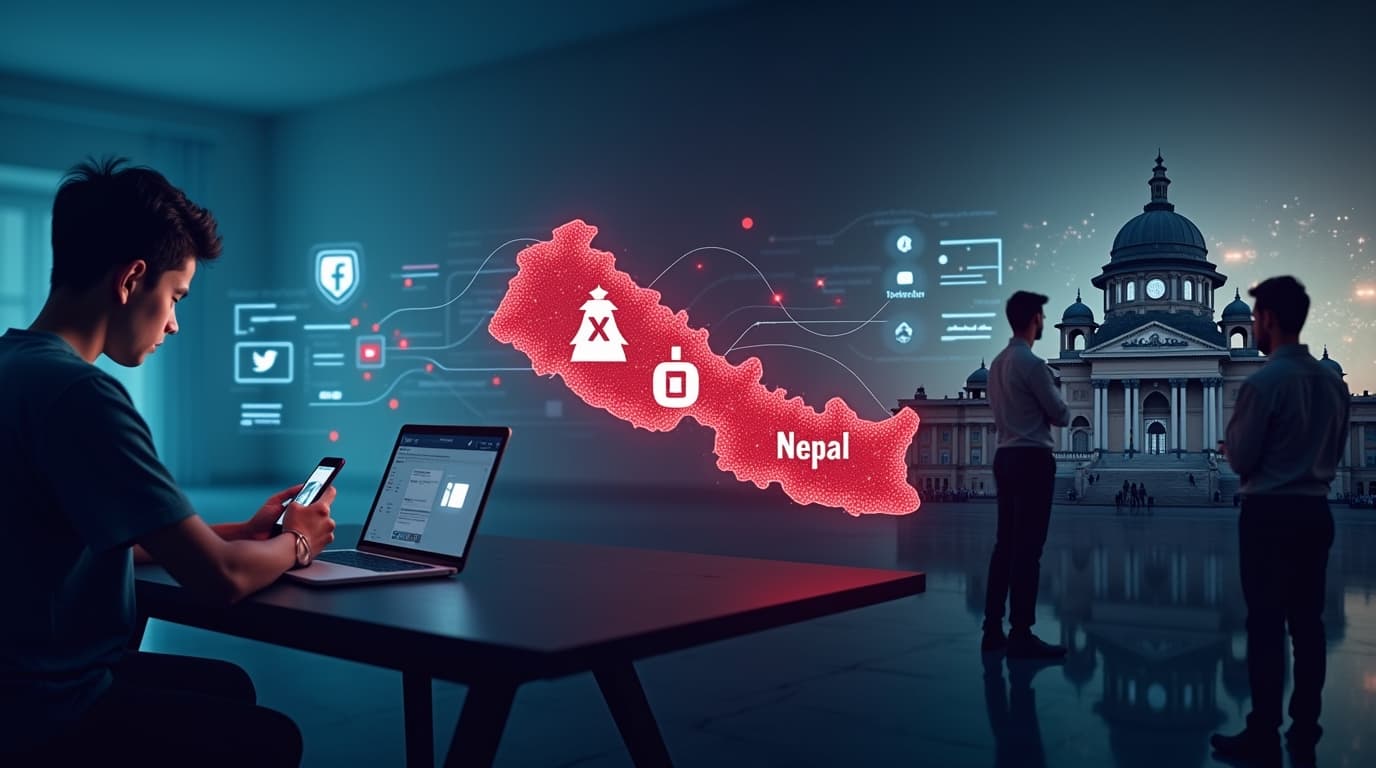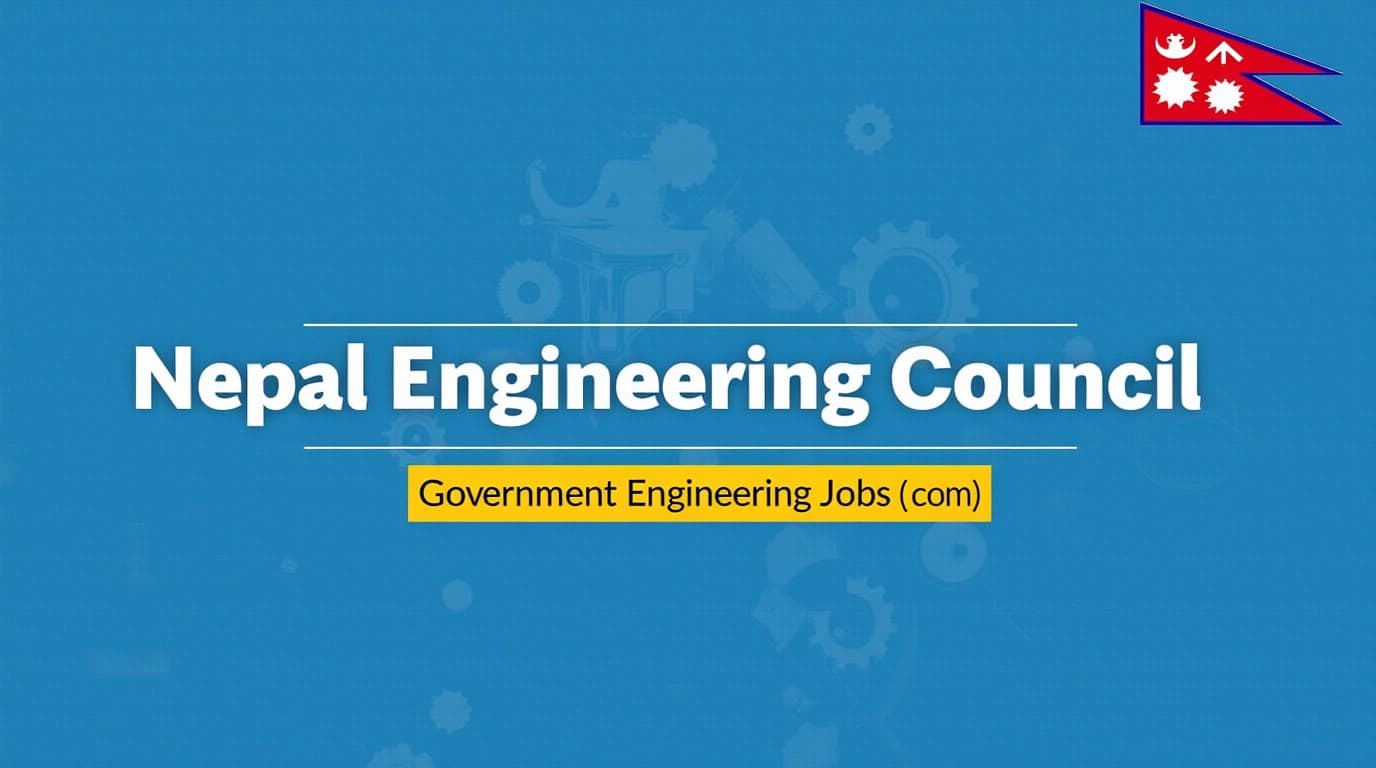Political History of Nepal: From Monarchy to Federal Democracy

Explore the complete political history of Nepal — from ancient kingdoms and the Rana regime to democracy, the Maoist movement, and Nepal’s transformation into a federal democratic republic. Learn how Nepal’s monarchy ended and the constitution shaped modern democracy.
The political history of Nepal is a fascinating story of power, revolution, and reform. From centuries of monarchic rule to becoming a federal democratic republic, Nepal’s political journey reflects the people’s struggle for freedom, equality, and inclusion.
In this article, we’ll trace Nepal’s transformation — from the ancient kingdoms, Rana autocracy, and Panchayat system to the People’s Movements, Maoist insurgency, and the modern federal democracy established under the 2015 Constitution of Nepal.
1. Ancient and Medieval Nepal: The Foundations
Before the 18th century, Nepal was divided into many small kingdoms and principalities.
The Licchavi and Malla Periods
- The Licchavi dynasty (400–750 CE) established early political systems and encouraged trade, art, and religion.
- The Malla period (1200–1769) saw cultural prosperity in Kathmandu Valley but political division — with three rival kingdoms (Kathmandu, Patan, Bhaktapur).
Political Characteristics
- Decentralized rule and frequent conflicts
- Flourishing of Newar art and architecture
- Weak political unity — paving the way for unification later
2. Unification of Nepal (1743–1769)
The turning point came under King Prithvi Narayan Shah of the small Gorkha Kingdom.
- He began a campaign in 1743 to unite the fragmented states.
- By 1769, he conquered the Kathmandu Valley and founded modern Nepal.
- His vision of Nepal as a “yam between two boulders” (China and India) highlighted the importance of independence and diplomacy.
3. The Rana Regime (1846–1951): Century of Autocracy
In 1846, the Kot Massacre brought Jung Bahadur Rana to power, starting the Rana dynasty of hereditary prime ministers.
Key Features of Rana Rule
- The Shah kings were reduced to figureheads.
- Political power was concentrated among the Ranas.
- Nepal remained isolated from the outside world.
- Close ties were maintained with British India.
Downfall
- By the 1940s, democratic movements spread.
- In 1951, the Nepali Congress and King Tribhuvan led a revolution, ending Rana rule and restoring the monarchy.
4. The First Democratic Period (1951–1960)
- Nepal experimented with multi-party democracy.
- The first general election in 1959 brought B. P. Koirala (Nepali Congress) to power as prime minister.
- However, political instability and royal suspicion led King Mahendra to dissolve parliament in 1960, establishing direct rule.
5. The Panchayat System (1960–1990): Partyless Monarchy
King Mahendra introduced the Panchayat system, a “guided democracy” without political parties.
Features
- Power centralized under the monarchy.
- Suppression of political dissent.
- Economic modernization but limited freedoms.
This system lasted for 30 years under Kings Mahendra and Birendra, until the people demanded change again.
6. The First People’s Movement (1990): Birth of Multiparty Democracy
The Jana Andolan I (People’s Movement) in 1990 united citizens, students, and parties against the monarchy.
Results
- The 1990 Constitution introduced a constitutional monarchy and multi-party democracy.
- Nepal enjoyed greater freedom and political participation.
However, corruption, weak governance, and inequality continued, creating space for radical change.
7. The Maoist Insurgency (1996–2006): Civil War in Nepal
In 1996, the Communist Party of Nepal (Maoist) led by Pushpa Kamal Dahal “Prachanda” launched a People’s War against the state.
Reasons
- Poverty, land inequality, and discrimination
- Demand to abolish the monarchy and create a republic
The conflict lasted 10 years, causing over 13,000 deaths and massive displacement.
Royal Tragedy and Crisis
- 2001 Royal Massacre: King Birendra and most of the royal family were killed.
- King Gyanendra assumed the throne and later seized absolute power in 2005.
This triggered the Second People’s Movement in 2006.
8. The Second People’s Movement (2006): End of Monarchy
Key Events
- Millions protested across the country against King Gyanendra’s direct rule.
- The Seven-Party Alliance and Maoists joined forces.
- The king was forced to restore parliament after 19 days of protests.
- The Comprehensive Peace Agreement (CPA) was signed on November 21, 2006, officially ending the civil war.
Outcomes
- The monarchy’s power ended.
- Maoists joined mainstream politics.
- Nepal began drafting a new constitution.
9. Transition to Republic (2008–2015)
Abolition of the Monarchy
- In May 2008, the Constituent Assembly (CA) declared Nepal a Federal Democratic Republic.
- Ram Baran Yadav became Nepal’s first President.
- Prachanda became the first Prime Minister of republican Nepal.
Constitutional Struggles
- Political disputes delayed constitution drafting.
- The first CA (2008–2012) failed to finalize a constitution.
- The second CA (2013–2015) succeeded, promulgating the 2015 Constitution of Nepal.
10. The Constitution of Nepal 2015: A Federal Democratic Republic
Promulgated on 20 September 2015, the Constitution of Nepal is a milestone in Nepal’s political history.
Key Features
- Federal system with 7 provinces
- Secular state (no official religion)
- Fundamental rights (education, health, equality, justice)
- Proportional representation of women and minorities
- Parliamentary democracy with President (Head of State) and Prime Minister (Head of Government)
Challenges and Protests
- Some Madhesi and Janajati groups protested for greater representation.
- The India-Nepal border blockade (2015–2016) caused economic hardship.
- Despite challenges, Nepal transitioned into a functioning democracy.
11. Nepal’s Modern Politics (2017–2025)
Federal Elections and Power Shifts
- The 2017 federal elections established Nepal’s new political system.
- The left alliance (CPN-UML and Maoist Centre) won, and KP Sharma Oli became Prime Minister.
- The parties merged in 2018 to form the Nepal Communist Party (NCP) — later split by court order in 2021.
Recent Developments
- Political instability: Multiple governments since 2021 (Oli → Deuba → Prachanda).
- Federal challenges: Provinces face funding and governance issues.
- Economic and social concerns: Unemployment, migration, and corruption remain major problems.
12. Conclusion: Nepal’s Ongoing Democratic Journey
Nepal’s political history is one of resilience and transformation.
From monarchy to republic, from conflict to peace, Nepal has built a unique democratic identity in South Asia.
Despite instability, corruption, and economic challenges, the people’s commitment to democracy in Nepal remains strong. The journey continues — toward a more inclusive, prosperous, and accountable federal state.
FAQs: Political History of Nepal
1. When did Nepal become a republic?
Nepal officially became a Federal Democratic Republic on May 28, 2008, abolishing the monarchy.
2. What is the current political system of Nepal?
Nepal follows a federal parliamentary democratic system with seven provinces under the 2015 Constitution.
3. Who led the unification of Nepal?
Prithvi Narayan Shah, king of Gorkha, unified Nepal in 1769.
4. What caused the Maoist insurgency in Nepal?
Economic inequality, social exclusion, and demand for a republic were major causes of the 1996–2006 Maoist insurgency.
5. What is the Panchayat system?
A partyless political system introduced by King Mahendra (1960–1990), which centralized power under the monarchy.




